During the dry months between May to November, fisher folks from villages in Merauke District head towards the coastal waters in fishing boats. They know that this is the best season to catch barramundi (Lates calcarifer) in the coastal waters of Merauke. During these months, they could catch large-sized female barramundi in these coastal waters, whereas during the rainy season between December to April, they are limited to catch smaller male barramundi in rivers and streams.
For communities living on the southern coast of Papua, the barramundi is an important source of nutrition and income. The ATSEA-2 Programme is working with local stakeholders to implement an Ecosystem-based Approach to Fisheries Management (EAFM) and Fishery Improvement Projects (FIP), while also establishing a Marine Protected Area (MPA) to protect key nursery grounds.
In Merauke, barramundi is an economically important fisheries product. In addition to providing food security and a valuable source of protein for the people living in the area, the swim bladders of barramundi are also an important commodity that is traded to other regions and even other countries. In other areas, barramundis are often raised in aquaculture facilities. However, communities here are still dependent on wild populations of this fish species, which depends on estuarine habitats and tidal flats for breeding and nursery grounds. Unfortunately, these fish are faced with the threat of illegal, unreported and unregulated (IUU) fishing, overfishing and conversion of their nursery habitat.

The GEF/UNDP/PEMSEA ATSEA-2 Programme is working with local stakeholders in Papua, specifically in Merauke, to implement EAFM and FIP for barramundi fisheries and coordinate with fisheries stakeholders in strengthening fisheries data collection, monitoring controlling and surveillance to reduce IUU fishing. ATSEA-2 also facilitates and supports the establishment of the Kolepom Marine Protected Area (MPA), which protects mangroves and tidal mudflat ecosystems that are key nursery ground habitats for wild barramundi living in the area. The Kolepom MPA has been established through the Papua Governor’s decree No.188.4/295/2019, which came into force in September 2020 and is currently in the process of obtaining legal establishment status from the Ministry of Marine Affairs and Fisheries (MMAF).
The ATSEA-2 Programme is working to ensure that barramundi fish stocks in the area can be secured and sustainably managed, providing livelihood opportunities and food security to local communities living around the Kolepom MPA and in the Merauke area. The ATSEA-2 Programme will continue to provide support to fisheries stakeholders, the MPA management authority, and the local communities to achieve this goal.
(Nara Wisesa)


